
When calculating the cost of building a treehouse, consider the size, types of materials, and design. This guide will help you figure out what to budget.
Wood crown molding is good, but PVC is A-OK


Two of the most durable crown molding materials are PVC and natural wood.
PVC crown molding is moisture resistant, easy to install, and available at a low price.
Wood is a vintage, natural material that’s been used for crown molding for centuries.
PVC crown molding ranges from $1 to $4 per linear foot, while wood crown molding costs $3 to $30 per linear foot.
When you want to generate a feeling of luxury in a home as part of a remodeling project, installing crown molding is a good choice. This decorative trim adds style to any room while hiding imperfections in the seam where the walls and ceiling connect. Manufacturers offer several materials for this purpose, but two of the most durable material options are PVC and wood. When it comes to PVC crown molding versus wood, each material has advantages and disadvantages worth considering.
Although wood crown molding is highly popular among the types of crown molding, PVC is well worth considering. When comparing PVC crown molding versus wood, PVC is durable, moisture resistant, inexpensive, and easy to install. Wood’s primary advantage over PVC is that it’s been used successfully as crown molding for centuries, making it the go-to option for many people.
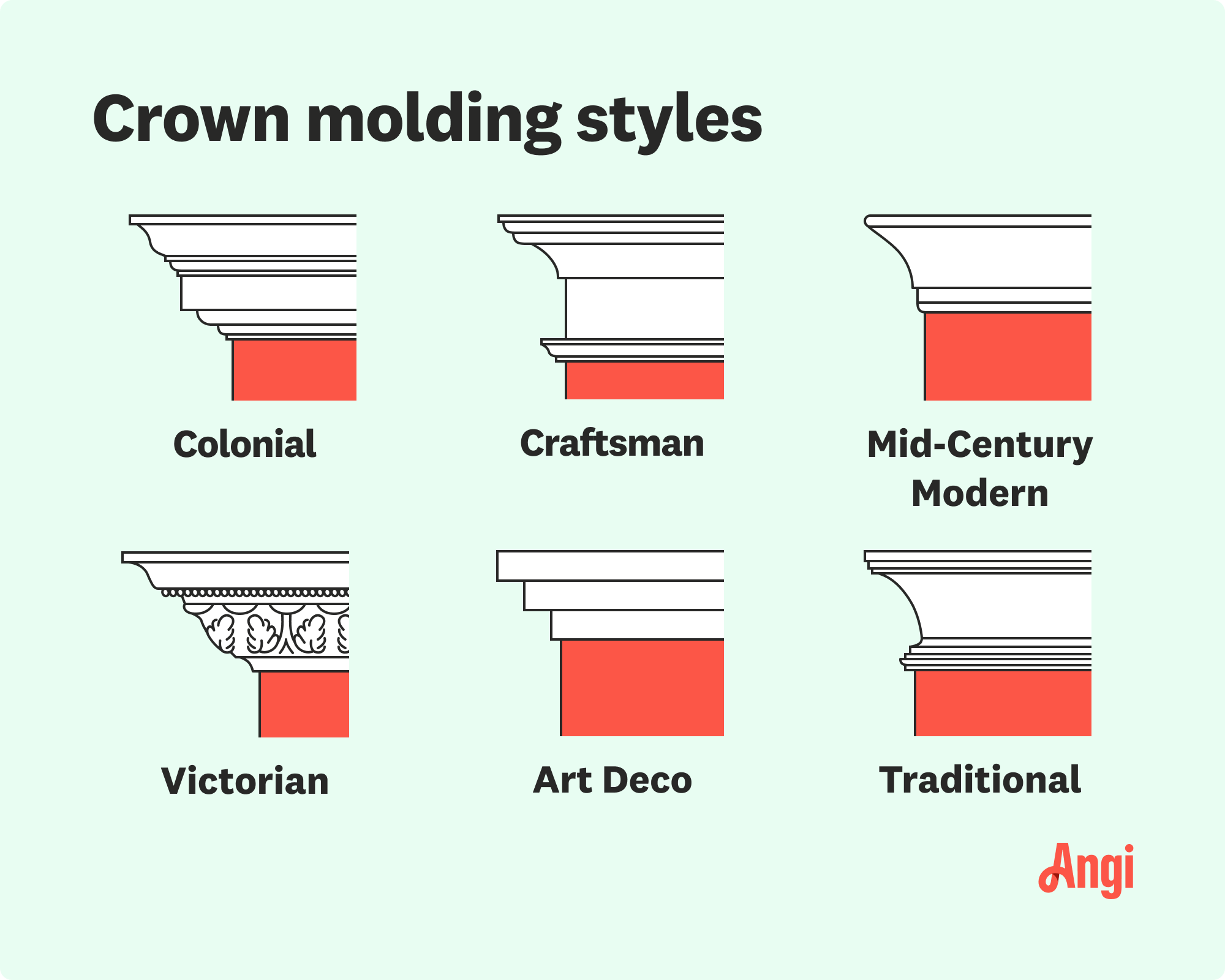
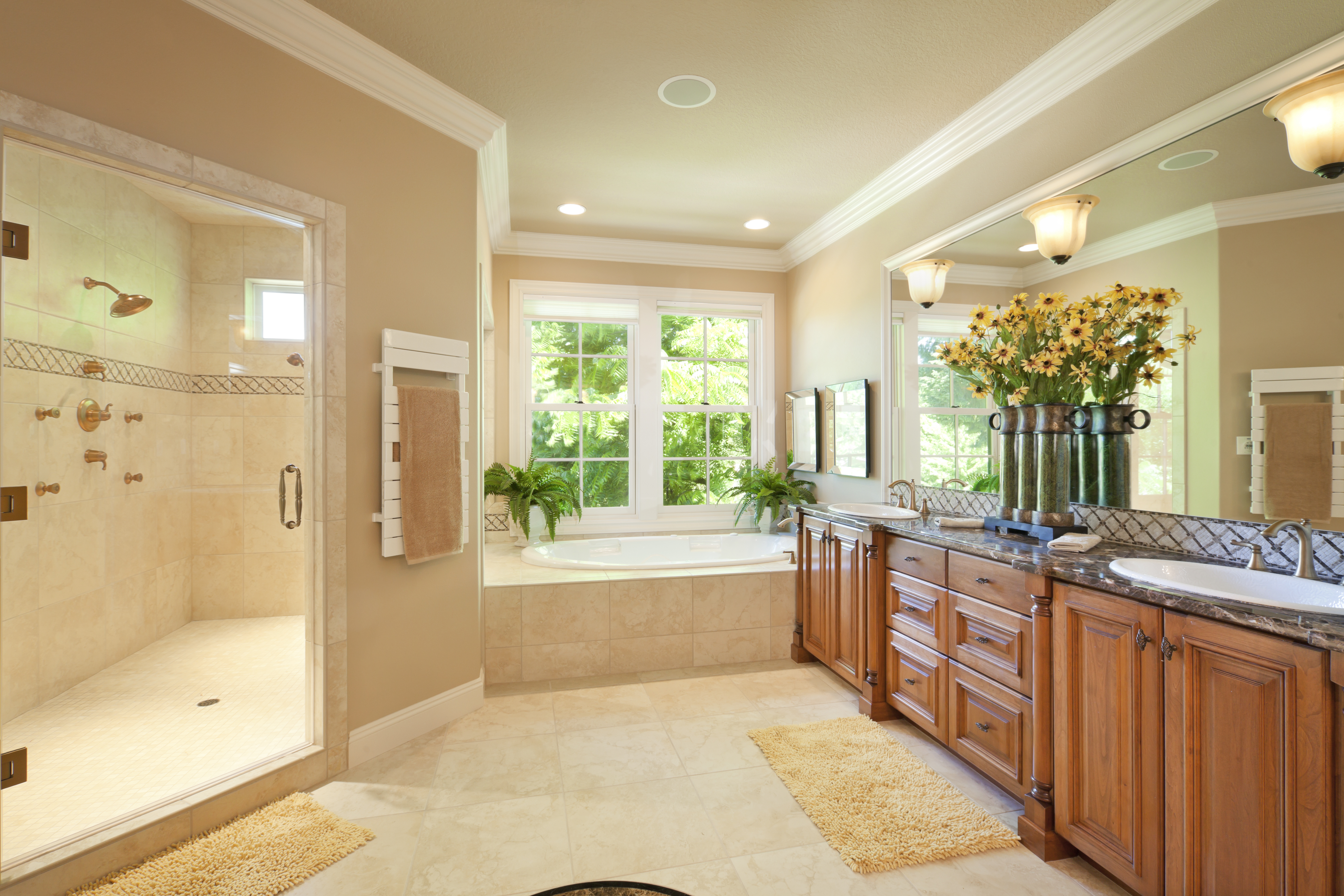
Polyvinyl chloride (PVC) crown molding is a type of trim that some homeowners install where the walls and ceiling meet in a room. It provides a stylish design element. Although the material consists of PVC, it resembles natural wood while also mimicking wood’s durability. PVC has some drawbacks, but it is one of the best crown molding materials.
| Pros | Cons |
|---|---|
| Advantageous price | Cannot stain it |
| Highly water resistant | Not entirely eco-friendly |
| Easy to install for DIYers | May warp in direct sun |
Best for:
People looking to add crown molding to a room at the lowest cost
Adding crown molding in areas with moisture exposure
Those seeking a DIY installation of crown molding
The cost to install crown molding is lower with PVC crown molding versus wood or materials like polyurethane foam or plaster. PVC is inexpensive per linear foot, and you can save even more on the installation because you don’t necessarily have to hire a professional.
For those who want white crown molding, PVC is commonly sold in white, so you can immediately hang it without the extra step of painting it.
One of the biggest advantages of PVC crown molding over wood is its ability to resist moisture. Installing PVC in a bathroom or another high-humidity area will not affect its performance like other materials that may degrade, warp, or swell with constant moisture exposure.
Although PVC crown molding is durable, it could degrade or lose its shape when exposed to constant heat or direct sunlight.
PVC molding does not accept paint or stain, which limits your ability to change its look after installation.
PVC is not a biodegradable material, which will disappoint some homeowners. However, you may be able to recycle it at the end of its lifespan, which is an appealing option.
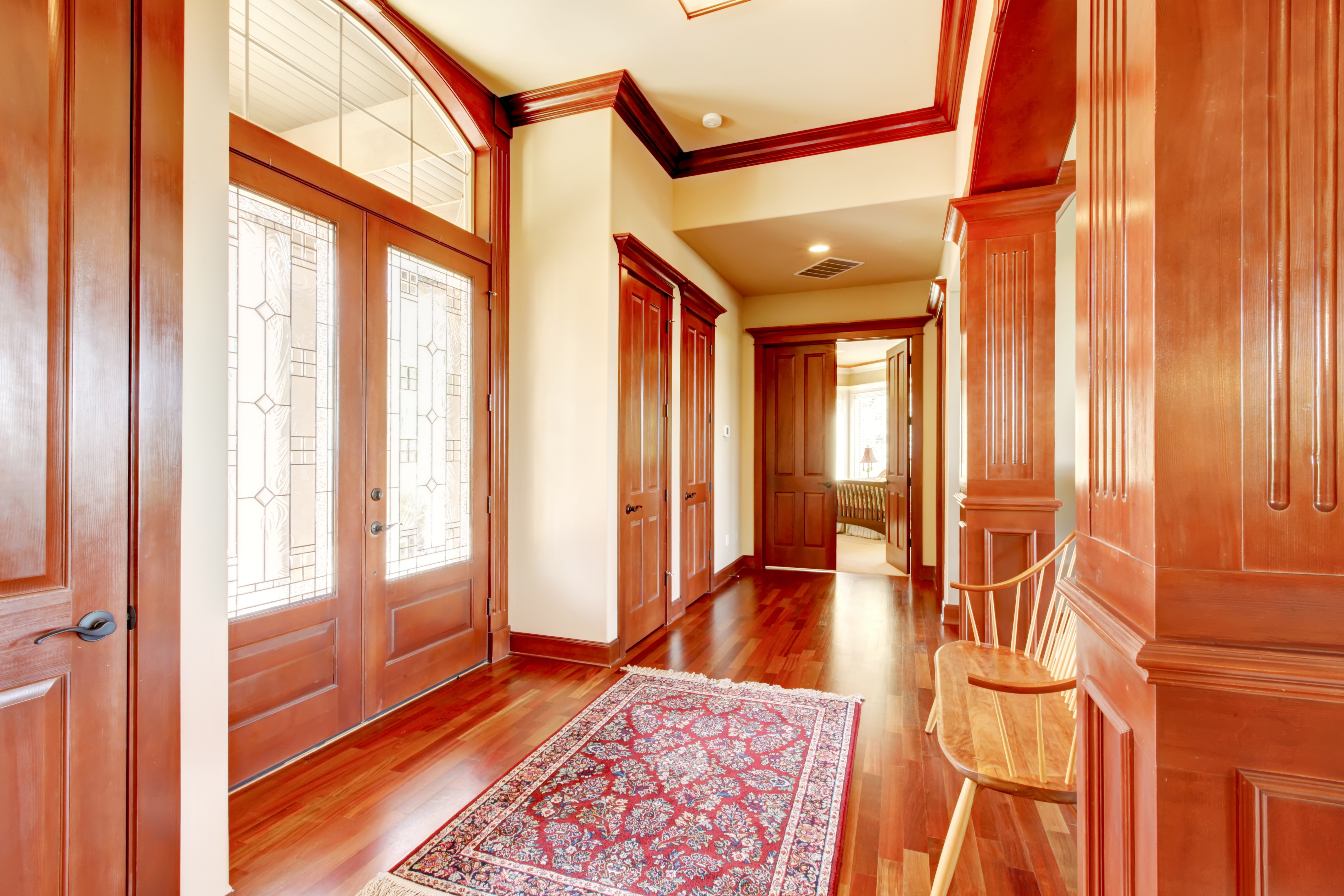
Wood crown molding is a type of trim that usually goes at the top of the room where the wall and ceiling meet. Natural wood crown molding has been in use for centuries, making it a traditional choice that people may expect to see in a vintage home. You can select among many different kinds of wood—including oak, pine, or exotic woods—for molding.
| Pros | Cons |
|---|---|
| In use for centuries | Requires maintenance |
| Appealing design | Can be expensive |
| Very durable material | May need pro to install |
Best for:
Vintage homes where you’d expect to find original materials
Those with a larger budget for the project
People who don’t want to do a DIY installation
Although PVC crown molding and wood can look very similar when hung, some people simply expect to see wood used in molding. Installers have been using wood molding for centuries with success.
If you’re installing the molding in an area where people or furniture may bump into it, wood is resistant to impact and lasts for decades.
Wood crown molding looks great in an older home where you want to make the design as authentic to the original materials as possible.
Although some handy DIYers can successfully cut and hang wood crown molding, many people rely on a local crown molding installation professional to do the work. Without the right tools and experience with woodworking, it can be tough to create the desired high-end look with wood crown molding.
Some types of wood molding are extremely expensive per linear foot. As a DIYer, you might worry about making a mistake while cutting this expensive material and wasting it.
If you decide to paint or stain the wood, you might have to reapply your coatings after several years. Wood crown molding used in a bathroom may need coatings applied to seal it against moisture in the air.
Consider the strengths and weaknesses of each material in these key categories to help you make a decision between PVC crown molding and wood crown molding.
If you’re trying to impress potential home buyers with high-end materials installed throughout the home, adding wood crown molding is a better choice. Natural wood provides a feeling of luxury when used as trim.
Additionally, you can paint or stain wood crown molding to match the design of the room. PVC molding doesn’t take stain, and you’ll struggle to paint it successfully. Most PVC molding ships in white, and you’ll probably have to leave it white for its entire lifespan.
Both wood and PVC crown molding provide excellent durability. They’ll each last a long time in areas and harsh conditions where other molding materials may struggle.
PVC is moisture resistant, so it delivers better durability than wood or MDF when used in a high-humidity area like a bathroom. Wood doesn’t warp in direct sunlight like PVC potentially will, and wood offers greater impact resistance than softer materials like PVC or foam.
PVC is one of the most affordable materials used for crown molding. Some types of wood molding, such as pine or maple, are close to PVC in price per linear foot. However, you’ll find that oak or exotic woods are several times more expensive than PVC crown molding. On average, PVC crown molding ranges from $1 to $4 per linear foot, while wood crown molding costs $3 to $30 per linear foot.
Who installs crown molding? You could hire a professional, or you could save some money and do it yourself. If you want to try a DIY installation, PVC is easier to work with. It’s lightweight, easy to cut to fit, and flexible enough to squeeze into tight spaces.
An experienced DIYer can certainly install wood crown molding, but PVC is easier for most people to work with.
PVC crown molding requires no maintenance—just hang it and forget about it. Wood molding may need to be repainted or restained after several years. If you installed the wood trim in a high-humidity area, you may need to seal it every few years.
There’s not much of a difference between the longevity of these two types of crown molding. Both PVC crown molding and wood should last for several decades.
Natural wood crown molding comes from a renewable resource, making it an eco-friendly option. It also lasts a long time, meaning it won’t need replacement for many decades.
PVC molding offers some eco-friendly features, but it has some drawbacks, too. PVC is a type of plastic, meaning it contains some chemicals and other materials that don’t biodegrade. The PVC manufacturing process creates some unwanted byproducts. However, because PVC lasts so long, you won’t need to buy new materials anytime soon. Many kinds of PVC can be recycled at the end of their lifespans.
From average costs to expert advice, get all the answers you need to get your job done.

When calculating the cost of building a treehouse, consider the size, types of materials, and design. This guide will help you figure out what to budget.

Whether you need to heat your home for the winter or simply enjoy lighting a fire occasionally, it's helpful to know the cost of a cord of wood in your area.
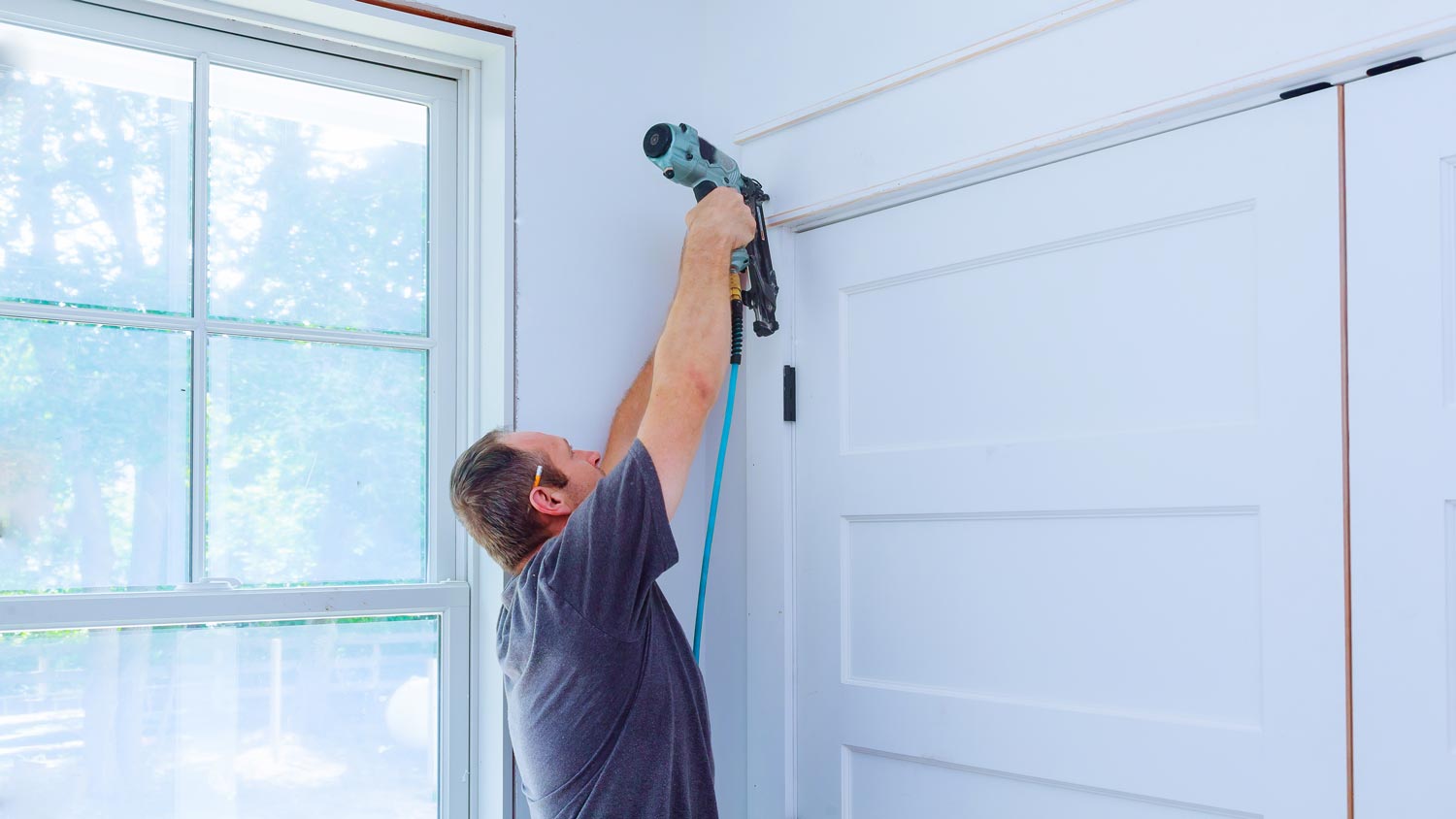
Discover the cost of widening a doorway, including average prices, key cost factors, and tips to help you budget for your project.
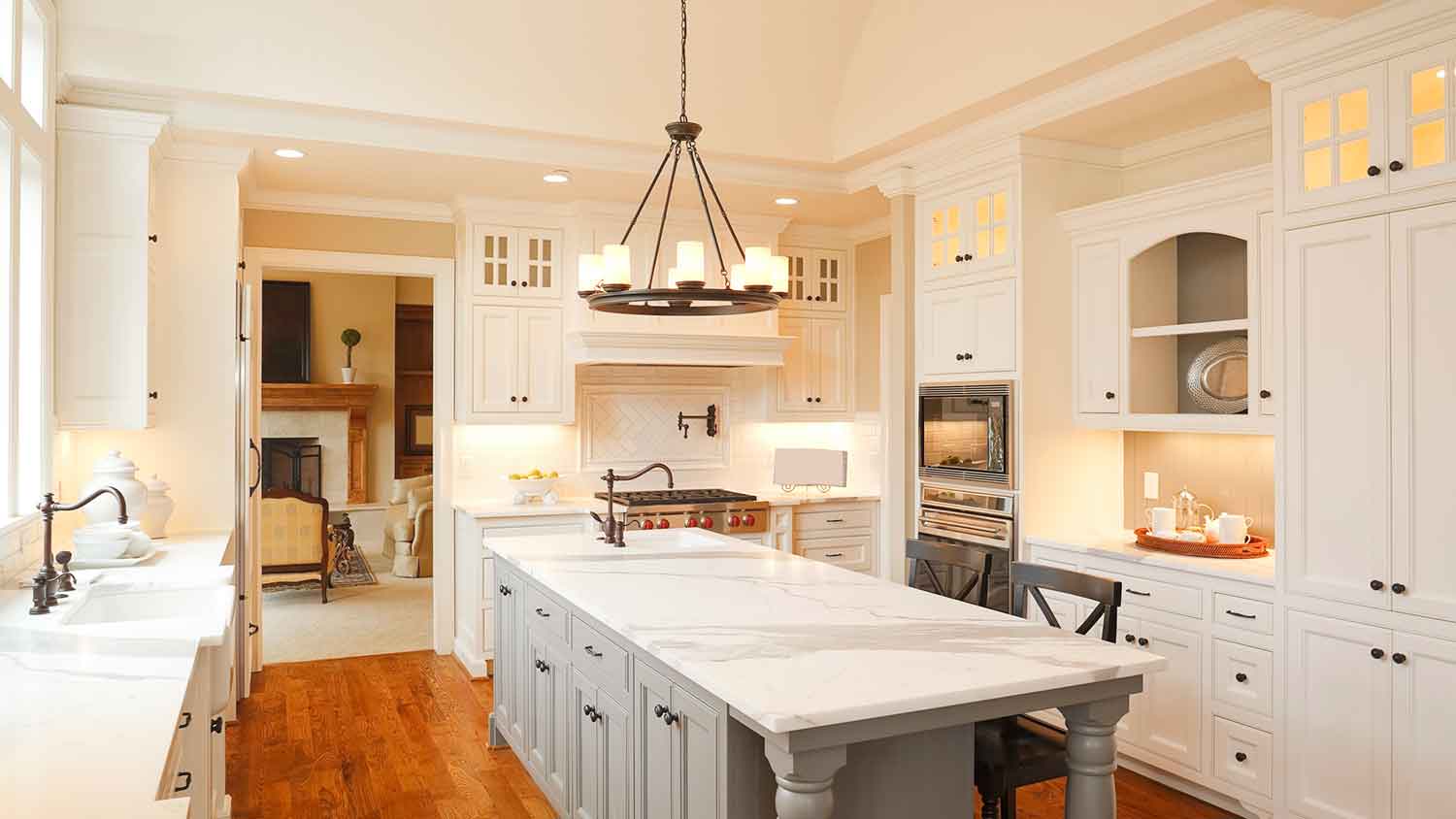
Crown molding provides a timeless style to your space. Learn how to install crown molding on your cabinets to give your home a simple but impactful upgrade.
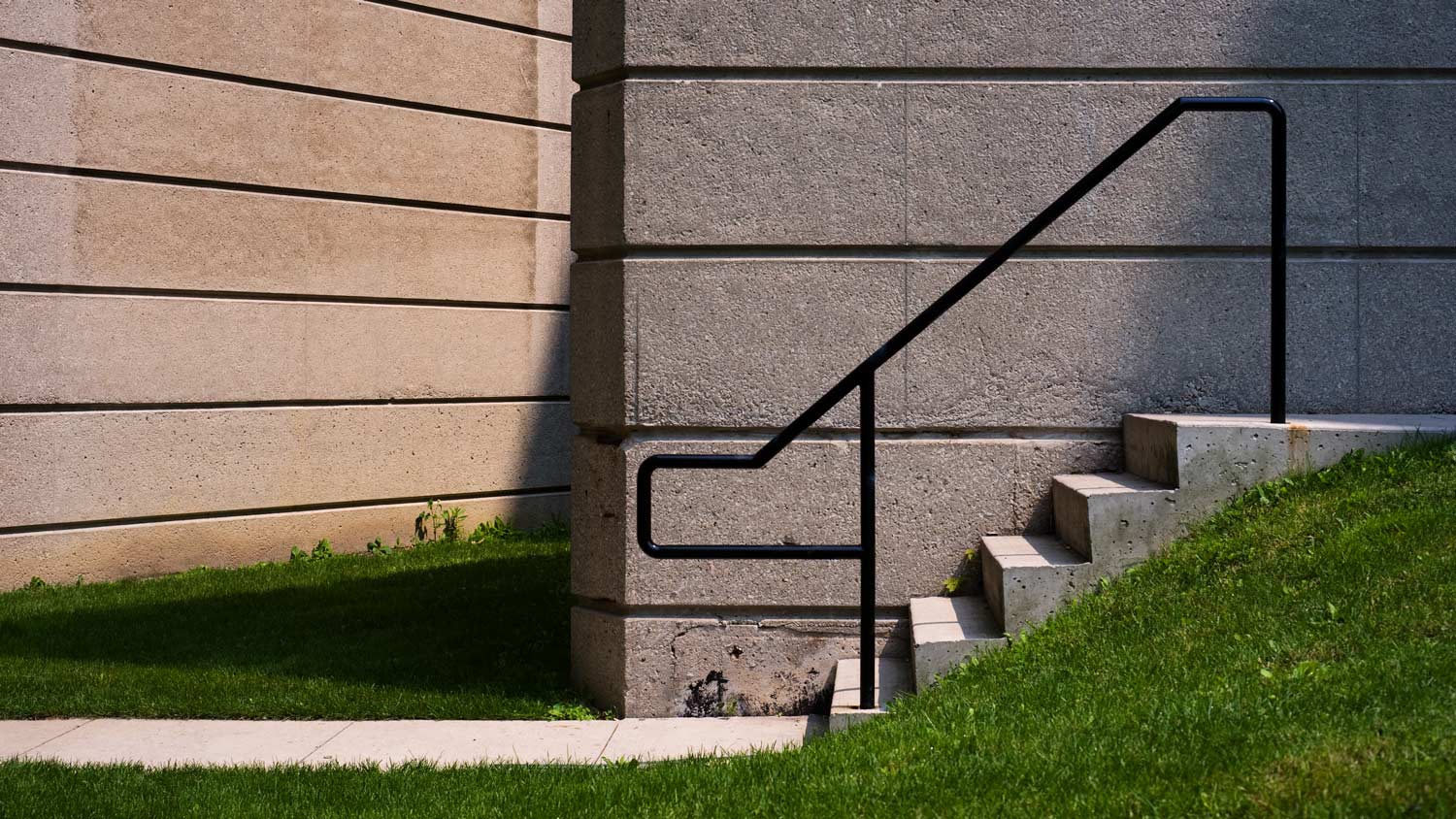
Learning how to install a railing on concrete steps requires taking extremely accurate measurements to purchase the right size and design of railing.

Moisture-resistant materials are a must in a bathroom. Learn which materials are the best baseboards for bathrooms to fight water damage.